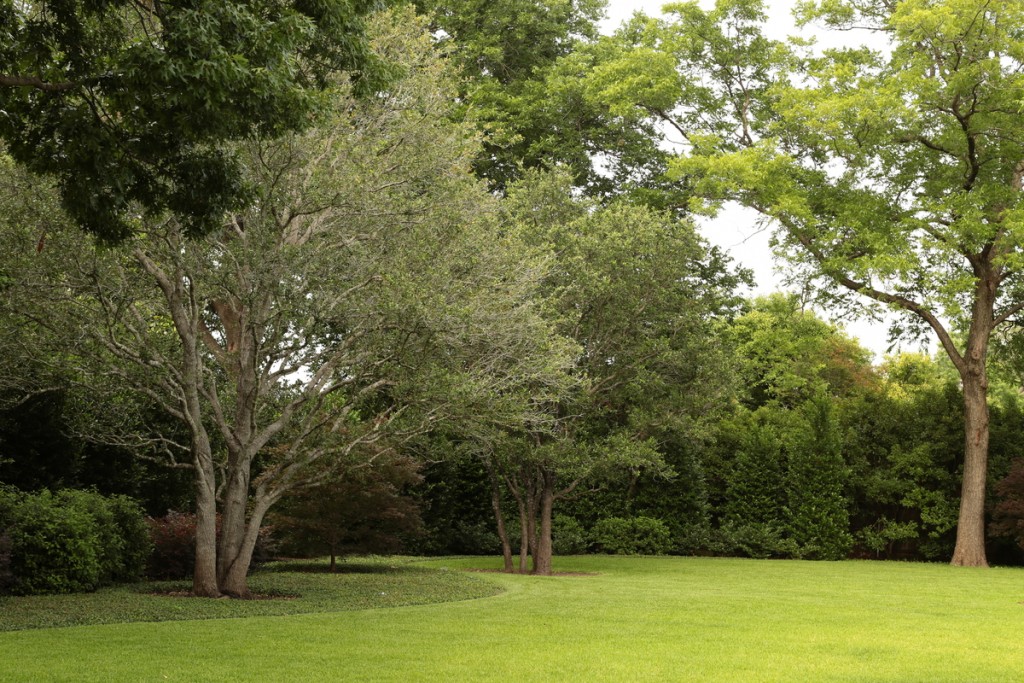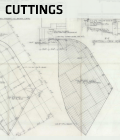
Taking care of a good lawn is fairly straightforward, involving mowing, fertilization, aeration, and water smart irrigation. When a lawn is healthy, there is little need for weed control or remediation.
However, as turf areas age, the growth pattern changes. Roots from maturing trees begin to reach out and invade turf space, competing for available water and nutrients. High traffic areas become compacted leading to thin turf or exposed soil. Weather conditions and temperature extremes, such as harsh winters or extremely wet springs, cause lawns to suffer more than usual, and make them vulnerable to damage from insects and disease.
Other changes also occur including the development of a thatch layer that impedes water penetration when dry and the appearance of various kinds of weeds. Within a few years, a beautiful and uniform lawn can become a composite of grass, weeds and bare areas.
Preventative measures
To ensure a healthy, vigorous lawn, weather’s impact should be part of the maintenance plan; rainfall and irrigation data should be measured and adjusted via smart irrigation-controlled technology, irrigation infrastructure should be up-to-date, and mowing should be adjusted as needed.
Organically maintained lawns, which have been spread with compost, can often survive harsh conditions better than chemically-treated lawns because the more trace minerals in the plants equate to more stress tolerance.
Aeration is a practice used on lawns to help alleviate problems caused by compaction and accumulation of thatch. In essence, it works by bringing air and oxygen into the root system. It is not the ultimate tool in eliminating all lawn problems, but when used as part of a proactive lawn service program that also includes organic fertilization and natural soil conditioning, aeration can help extend the useful life of most turf and increase plant health.
Scheduling the best time to aerate is important to receive maximum benefit. Match the aeration schedule with the period of highest root growth. Aerating during extreme heat can actually do more damage because the roots will dehydrate quickly. However when done during summer months, it is done early in the morning and followed by a thorough irrigation to minimize any injury to root systems that may occur.
Aeration is just one of many ways Lambert’s loves your lawn. Call Melissa Livingston at 214-350-8350 to learn more about our summer garden service specials.









